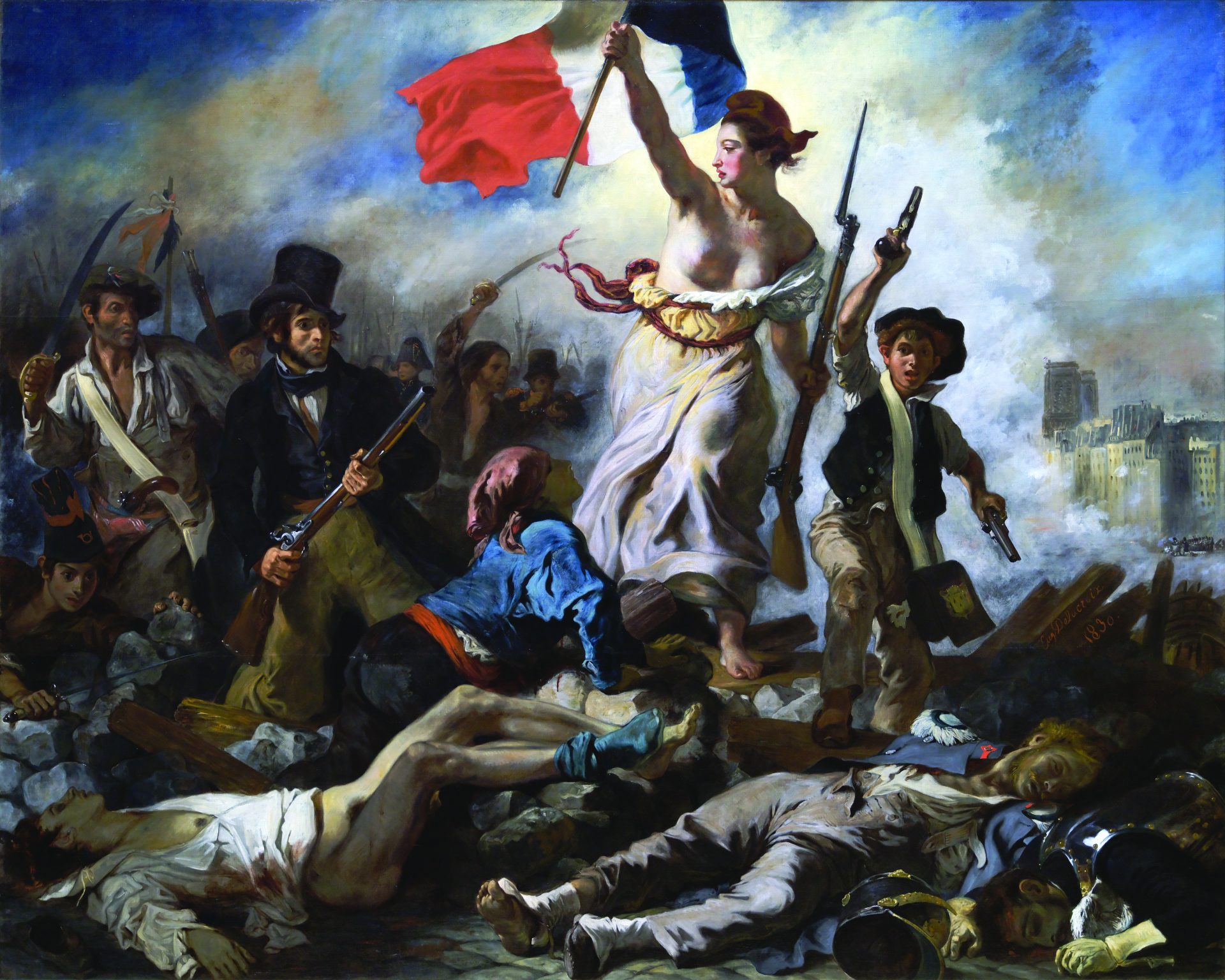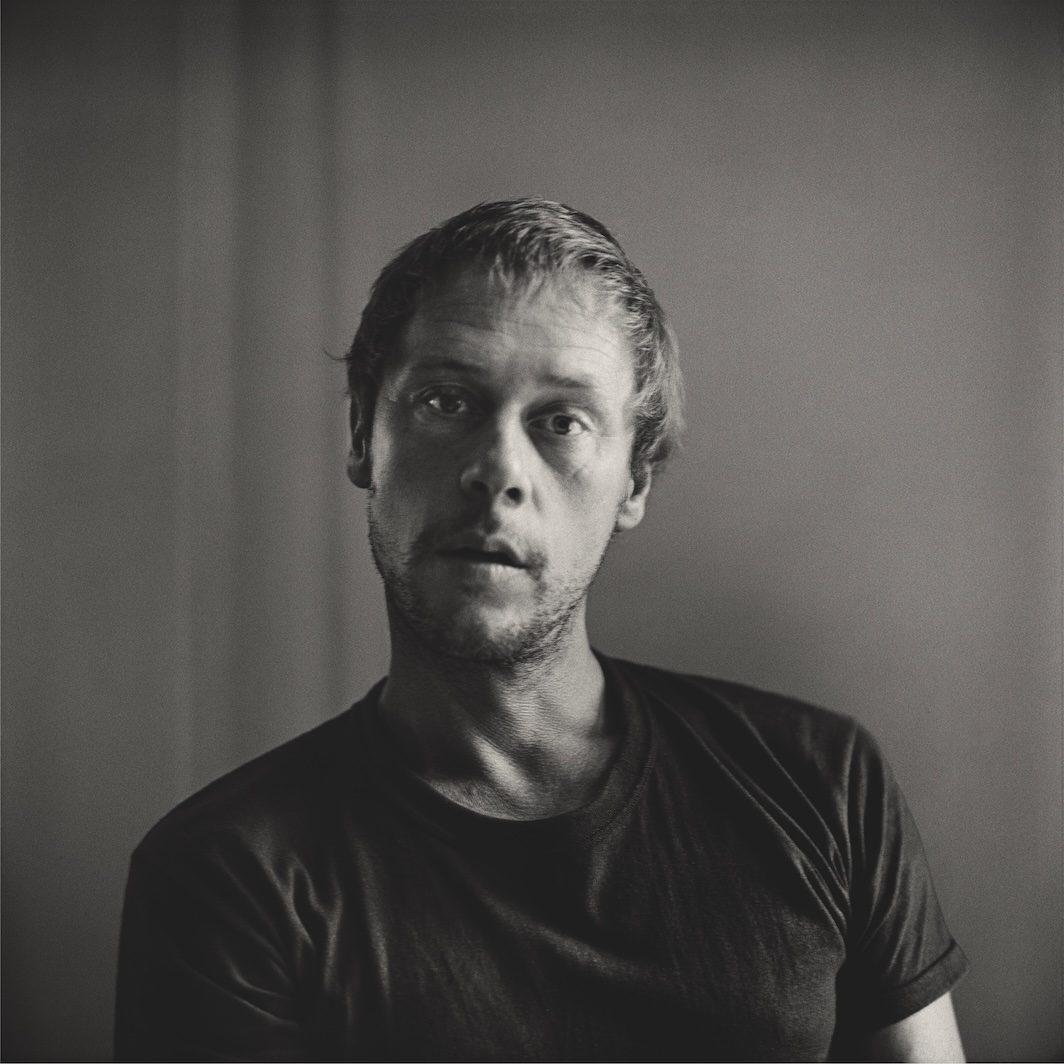
Man was created a rebel,” Dostoyevsky’s Grand Inquisitor admonishes the silent Christ in his prison cell, “and how can rebels be happy?” The burden of freedom, the responsibility of finding—or creating—one’s own purpose and meaning without the guidance of authoritative, inherited creeds and values, is too heavy for all but a few. The rest of us cannot endure for long the tensions of uncertainty. We must, at some point, stop questioning, quiet our doubts, turn away from moral and metaphysical inquiry and toward life. Untrammeled skepticism ends in paralysis. This is true of societies as well as of individuals. No purely rational justification can be offered for trust and self-sacrifice. But without them, social life is chaos, a war of all against all.
Until a few hundred years ago, this problem scarcely existed. The authority of communities and traditions, though often enough evaded or defied, was rarely put in radical question. There were sinners, doubters, even heretics, but dogma and hierarchy, as the foundations of individual morality and social organization, went unchallenged.
Then modernity happened. Beginning in fifteenth-century Europe, a critical, experimental, libertarian spirit began to flourish, which came to be known as humanism. A crescendo of scientific discoveries, artistic innovations, geographic explorations, and political reforms ensued until, at the end of the eighteenth century, Kant hailed “humankind’s emergence from its self-imposed minority” and baptized it enlightenment. And the prestige of the sacred and the supernatural, of what the Grand Inquisitor called “miracle, mystery, and authority” and declared indispensable to ordinary people’s happiness, was correspondingly diminished.
In the nineteenth and twentieth centuries, humanism’s luster was tarnished. First came the blight of early industrialization, then colonial brutality, totalitarian repression, and the technologies of extermination in concentration camps and global wars. Even after these horrors passed, in the midst of unprecedented prosperity an epidemic of spiritual emptiness descended: alienation, consumerism, and the loneliness of mass society. Perhaps, as a minority of modern thinkers has always believed, we cannot live by reason alone. Perhaps modernity is a mistake.
Criticism of modernity is a distinguished intellectual tradition. In the first half of the twentieth century, Max Weber, Hannah Arendt, Max Horkheimer, and Theodor Adorno formulated such criticisms with great subtlety and learning, as have Philip Rieff, Christopher Lasch, John Gray, and Alasdair MacIntyre more recently. The Australian sociologist John Carroll makes a small but significant addition to this tradition with The Wreck of Western Culture, published in 1993 but now revised and appearing for the first time in the United States.
Carroll is a different kind of sociologist. Not only does he not make a fetish of data and method, he eschews them altogether. The Wreck of Western Culture is nothing so pedestrian as social theory; it is a (sometimes) inspired vaticination, a dramatic and portentous reading of the entrails of Western culture from Homer to Hollywood. Proceeding from one representative masterwork to the next, Carroll meditates on them intensely, pitting them against one another and wresting from the sequence a hidden narrative of Western decline. It is an audacious performance, sometimes electrifying but more often erratic and tendentious. It is hard not to be frequently impressed, but harder not to be continually exasperated.
Boldly (or rashly), Carroll begins with a proclamation of universal ruin: “Our culture is a flat expanse of rubble.” In our depths, we “are desperate, yet don’t care much any more. We are timid, yet we cannot be shocked. We are inert underneath our busyness. We are destitute in our plenty. We are homeless in our own homes.” If you do not recognize yourself in this desolate portrait, you will simply have to take Carroll’s word for its accuracy; no attempt is made to substantiate, or even to elaborate on, this initial, apocalyptic paragraph.
Carroll isn’t interested in diagnosis, in any event; etiology is his main concern. How have we arrived at this civilizational cul-de-sac? The path leads back six centuries, in Carroll’s view, to the adoption of the false myth of humanism. The humanist ambition was “to found an order on earth in which freedom and happiness prevailed, without any transcendental or supernatural supports—an entirely human order.” During the eras of Leonardo and Newton, this was a pardonable illusion. But now, in the wake of Auschwitz, the gulag, Hiroshima, and 9/11, Carroll argues, the bankruptcy of humanism is manifest. We need a new cultural myth. Since none is available, Carroll proposes to sift through the wreckage, retracing the course leading to catastrophe and prospecting for glimmers of a different future.
Before Socrates, Carroll writes, the Greeks were not humanists; they were fatalists. The gods—and behind them, a dimly discerned cosmic order—determined human destiny. Philosophical speculation about the good life and right action was irrelevant; culture rested on mythos, the “timeless, archetypal narratives that carry the eternal truths,” the “ancient currents of shape and form that move in the unconscious dreamtime of the people.” In Carroll’s view, myths and stories give a culture and its members “a place to stand”—an indispensable function, which mere human reason and will cannot fulfill.
Likewise, reason and will cannot withstand the annihilating necessity of death. But Jesus’s resurrection was “the death of death”: that is, an end to death as the meaning, or negation, of life. For Carroll, Jesus’s key affirmations are “Before Abraham was, I am” and “I am the way, the truth, and the life.” With these, he offered himself as a place to stand, transcending the Law. His disciples Paul, Luther, and Calvin would become humanism’s greatest opponents.
The first humanist masterpiece Carroll ponders is Donatello’s fifteenth-century sculpture of a Venetian general on horseback, the Gattamelata. The figure’s ease, grace, and power “anticipate the Renaissance ideal, the ‘we can become what we will,’ and project it in three-dimensional visual form.” The virtu embodied in the Gattamelata also animates Brutus in Shakespeare’s Julius Caesar. Brutus acts; Hamlet, famously, does not. The two plays are the day and night sides of “humanism’s quintessential genius.”
In Hamlet and Hans Holbein’s painting The Ambassadors, a skull appears. This is the sort of detail from which Carroll conjures far-reaching interpretations of cultural health or malaise. The gravedigger scene in Hamlet is not merely a comic interlude; the trompe l’oeil skull in The Ambassadors is not merely a visual trick. On the contrary, Carroll claims, their significance is momentous: “When culture is reduced to the skull, death takes over. . . . Once faith is gone, fate is reduced to necessity—and the ultimate necessity is death.” In Carroll’s reading, the painting and the play acknowledge that “there is no humanist solution.”
The Protestant Reformation is usually seen as a religious parallel to the Renaissance, a movement of liberation from authority and tradition. Carroll sees it differently. Luther’s teachings set faith and grace against reason and will; he and Calvin “preached darkness and suffering against the reasonable and the comfortable.” Against the hope, common to secular and Catholic humanism, that a measure of wisdom and righteousness might be attained through human effort, Luther and Calvin insisted on our radical depravity, folly, and helplessness.
Through lengthy commentaries on paintings by Rembrandt, Vermeer, Poussin, and Velázquez, Carroll traces the achievements and failures of the Reformation—as well as of what he calls Catholicism’s Alternative Reformation, which shared some structural affinities with Protestant belief. Descartes and Kant advanced the humanist project, undermining notions of cosmic order and setting reason in command of philosophy. Bach and Jane Austen founded their art on perceptions of human insufficiency and dependence. Kierkegaard and Nietzsche subjected themselves fully, heroically, to the spiritual tensions between humanist light and antihumanist darkness. After them, the deluge: the frank “degradation of Western culture” illustrated by Munch’s Madonna and Duchamp’s Fountain. In its “death throes,” the only vital works Western culture yields are futile protests against modern homelessness, either ironic (the novels of Henry James) or wistful (the movies of John Ford).
To produce—in fewer than three hundred pages—a passionate, imaginative, richly detailed interpretation of the spiritual history of the modern West is not a small achievement, even if that interpretation is, as I believe, profoundly wrong. At a time when cutting-edge cultural criticism devotes itself to ephemera, it apparently takes a maverick Aussie sociologist to don the prophet’s mantle. Let him be praised, if only for forcing us to look once again at our cultural monuments, this time as harbingers of life or death.
But is it true that “without God, without a transcendental law, there is only death”? And—an entirely separate question—even if that is true, does that make it any more likely that either God or a transcendental law actually does exist? Like virtually all antimodernists, Carroll does not assert—much less attempt to prove—the existence of God or transcendental law. He merely deplores the consequences of not believing they exist. This is not, it seems to me, a grown-up position.
Carroll’s latest book, The Existential Jesus, is an anticlimax, after the analytic intensities of The Wreck of Western Culture. It bears roughly the same relation to the earlier work as Finnegans Wake does to Ulysses, or Norman Brown’s Love’s Body to his Life Against Death. In each of these pairs, the first book was rewardingly adventurous, the second frustratingly self-indulgent.
The Existential Jesus is an emotionally fervent but intellectually slack reading of Mark’s “enigmatic” gospel. Here is Carroll’s solution to the enigma:
Why is he the “existential” Jesus? Because the normal identifying markers of the self have been stripped away from him—family, friends, a past, an occupation, and even an anticipated life-path. In effect, all he can proclaim about himself is: “I exist.” His story then becomes a quest for the I that exists.
Anyone who has read Geza Vermes or Hyam Maccoby or E. P. Sanders— or virtually any New Testament scholarship, in fact—will have very little patience for the notion that Jesus came from nowhere and was concerned above all with the nature of his own being. Jesus was a devout Jew, probably a radical Pharisee. He was no more an existentialist than he was a Zoroastrian. If you want to know what Jesus meant, read Garry Wills and leave John Carroll alone with his enigmas.
George Scialabba is the author of Divided Mind (Arrowsmith, 2006) and What Are Intellectuals Good For?, forthcoming from Pressed Wafer this spring.






